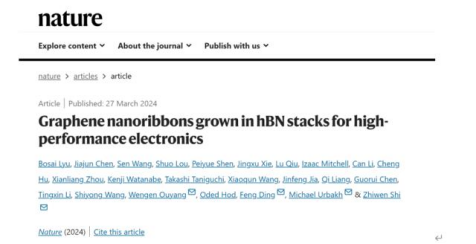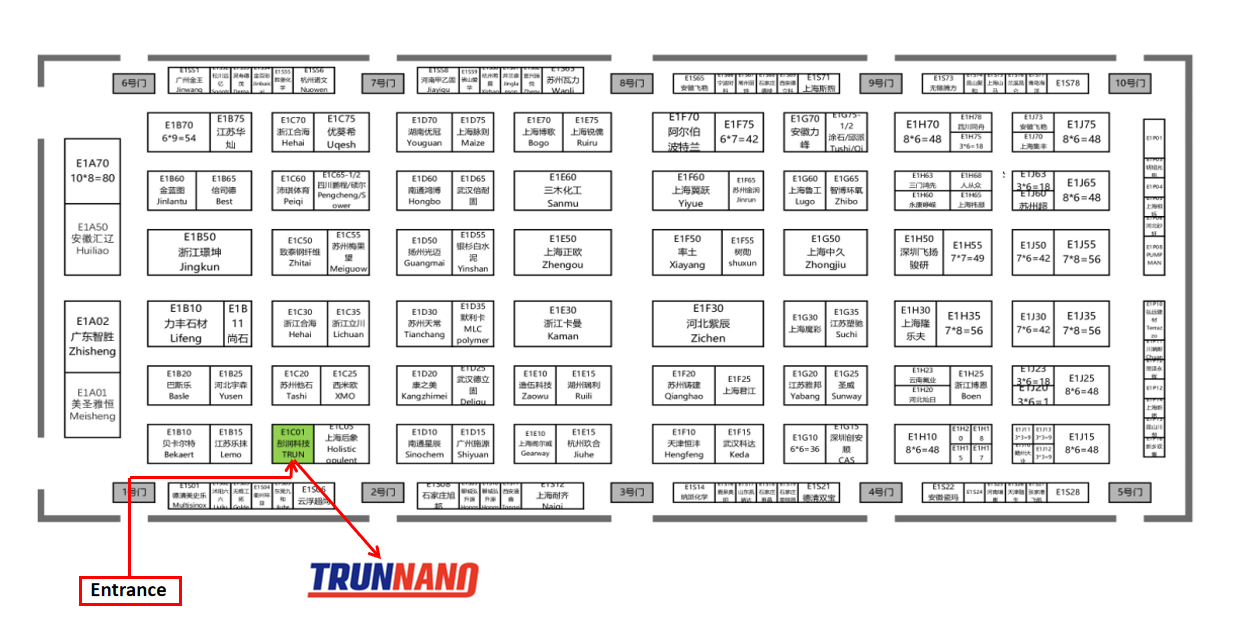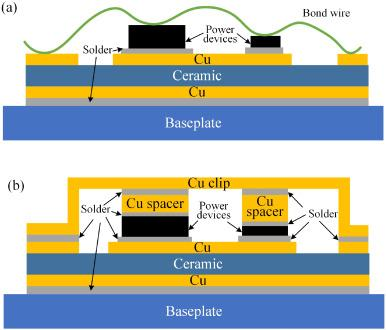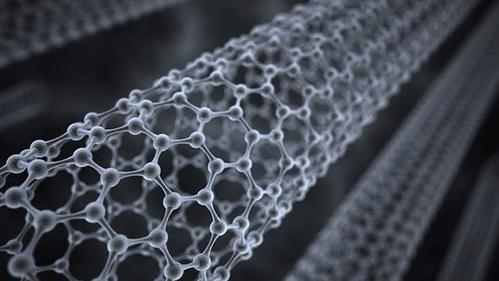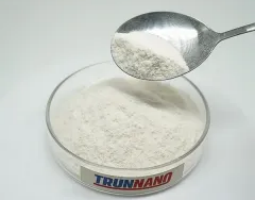
1. Cement
- Influence of cement mineral composition
The shrinkage rates of C3A, C3S, C2S and C4AF in Portland cement are C3A>C3S=C2S>C4F. Increasing the content of C3A and C3S in cement clinker will increase the autogenous shrinkage and drying shrinkage of concrete and improve the chance of cracking. C3A has the highest calorific value and the high heat of hydration leads to accelerated concrete slump loss.
- The influence of cement fineness
Increasing the cement-specific surface area is to increase the hydration rate, thereby increasing the early strength of concrete. However, most cements in my country increase fine particles under grinding conditions, increase early hydration heat release, and have no effect on improving later strength. Moreover, the greater the fineness of the cement, the worse the concrete’s frost resistance and tensile strength. Low, more importantly, the increase in cement fineness worsens the compatibility between cement and high-efficiency superplasticizer, as the cement fineness increases. The saturation point of the dosage of high-efficiency water-reducing admixture is greatly increased, and the dosage of superplasticizer required to reduce concrete slump loss is also greatly increased.
- The influence of gypsum form on the compatibility of superplasticizerand cement
According to cement standards, the different forms of gypsum make little difference in the product inspection. However, a completely different situation will occur when a single superplasticizer is added. This is because reducing sugar and polyols harm dihydrate gypsum and anhydrite (without water-reducing gypsum). Hydrogypsum) and fluorogypsum have different solubilities.
- Effect of soluble alkali
Many studies have proven that the sulfate of alkali in cement, that is, soluble alkali, significantly influences the adaptability of admixtures and cement. Studies have shown that when the C3A mass fraction is not higher than 8% and the soluble alkali content of the cement is high, the workability of concrete is good and the slump loss is small. When the soluble alkali is very low, concrete loses workability quickly. For cements with low soluble alkali content. Increasing the amount of superplasticizer can achieve a large initial slump, but the loss is still rapid. High precipitation and bleeding will occur when a little more dosage is added above the saturation point.
- Influence of other factors on cement
Factors such as cement temperature, cement aging time, filler type and dosage, etc., will all affect the working performance of concrete. The higher the cement temperature, the less effective the superplasticizer will be in plasticizing it.
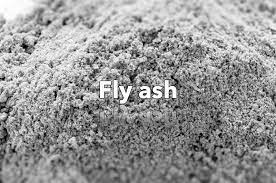
2. Fly ash
Fly ash mainly changes the workability of concrete. Due to its fine particles, it mainly fills the voids of cement, and some crystal beads act as rolling balls to increase fluidity. With the increase in fly ash, the quality of fly ash on the market is now uneven. Generally, concrete mixing stations below C50 use Grade II, and concrete above C50 uses Grade I. Because of the shortage of fly ash, many commercial concrete When using Grade III fly ash or even raw ash, due to the large fineness, high loss on ignition and high water storage of Grade III fly ash and raw ash, the workability of concrete will deteriorate and the strength of concrete will be reduced.
3. Mineral powder
Granulated blast furnace slag powder can have a good effect of increasing the initial fluidity of the slurry and reducing fluidity loss. Mainly due to different manufacturers, the chemical composition and fineness are different, resulting in different water requirements of mineral powder and different contributions to the strength of concrete.
4. Sand and stone
The main influences on polycarboxylate superplasticizers are:
- The mud content and mud block content of the sand are high. The mud component in the concrete absorbs the superplasticizer, resulting in large concrete losses. The high amount of superplasticizerand the fineness modulus mainly affect the concrete’s workability and the sand’s water absorption rate. The amount of water required for concrete;
- Mud content, mud content, particle size, and stone powder content of stones.
The particle size of the stones determines the amount of water used. The content of stone powder has a greater impact on the workability of concrete. It mainly changes the components of powders below 0.315mm in concrete and affects the workability of concrete.
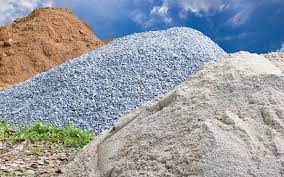
Conclusion
In short, cement, fly ash, mineral powder, and coarse and fine aggregates in concrete will affect the adaptability of polycarboxylate superplasticizer, and this adaptability will in turn affect the performance and quality of the final concrete product. Therefore, the compatibility of an admixture with the various components it serves must be coordinated and designed according to the site conditions so that qualified materials can ultimately produce qualified concrete. The polycarboxylate superplasticizer plays a critical role as a concrete admixture with high water reduction rate and small slump loss. It can improve the workability of concrete. Improve the strength and rheological properties of concrete. This reduces the difficulty of concrete construction in many building structures and ensures the structure’s safety. Therefore, it will definitely play a huge role in the construction industry and produce good benefits.
Supplier
TRUNNANO is a supplier of polycarboxylate superplasticizer with over 12 years experience in nano-building energy conservation and nanotechnology development. It accepts payment via Credit Card, T/T, West Union and Paypal. Trunnano will ship the goods to customers overseas through FedEx, DHL, by air, or by sea. If you are looking for high-quality polycarboxylate superplasticizer please feel free to contact us and send an inquiry.

